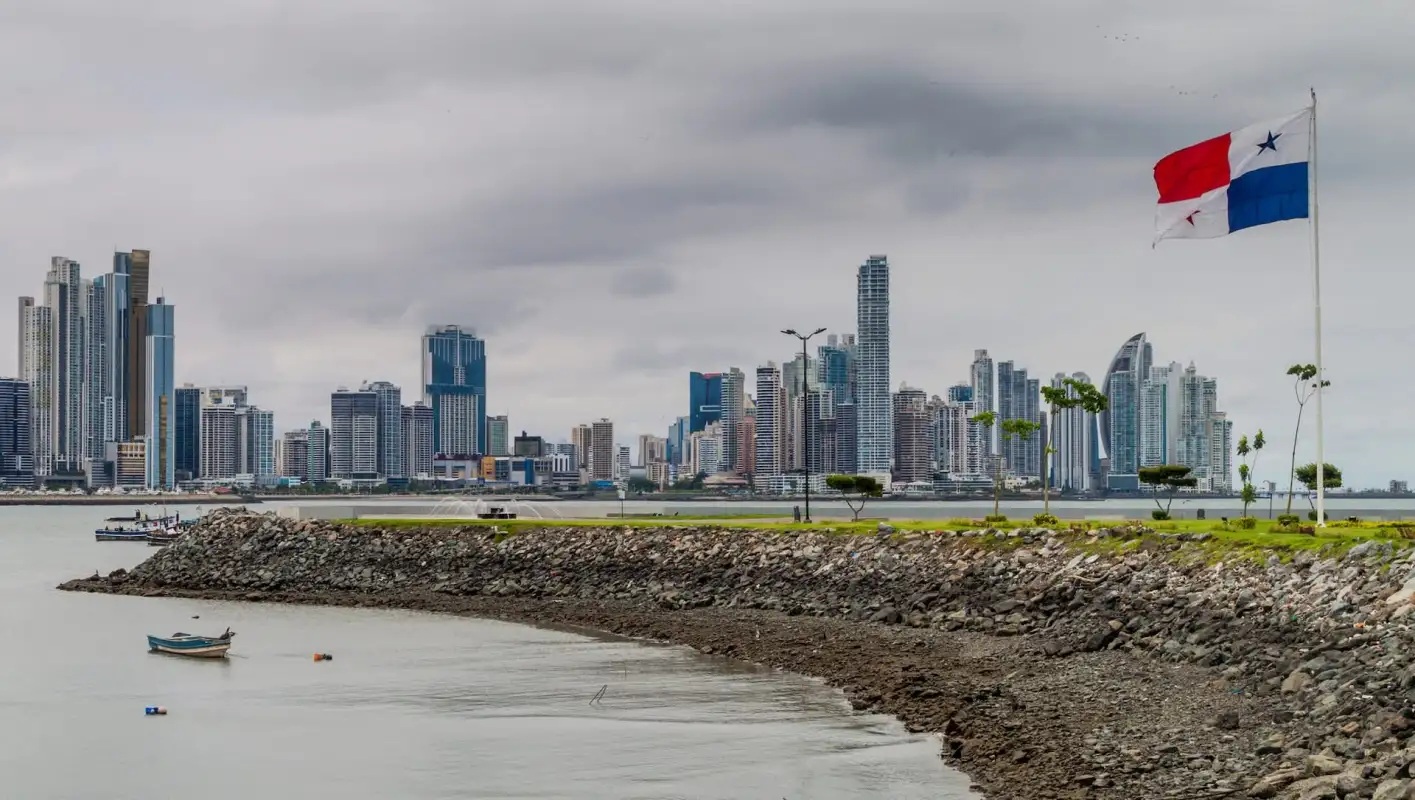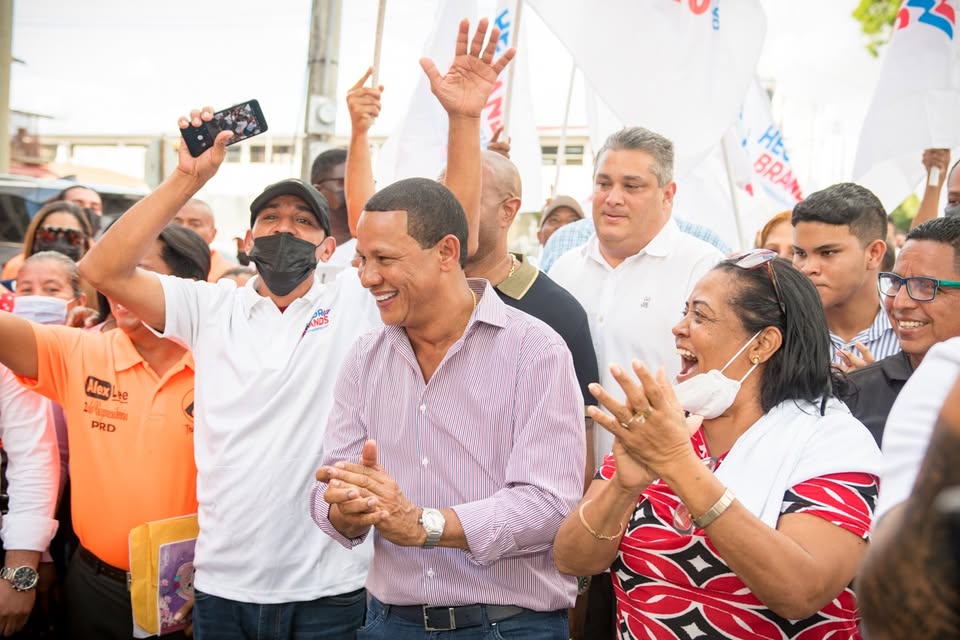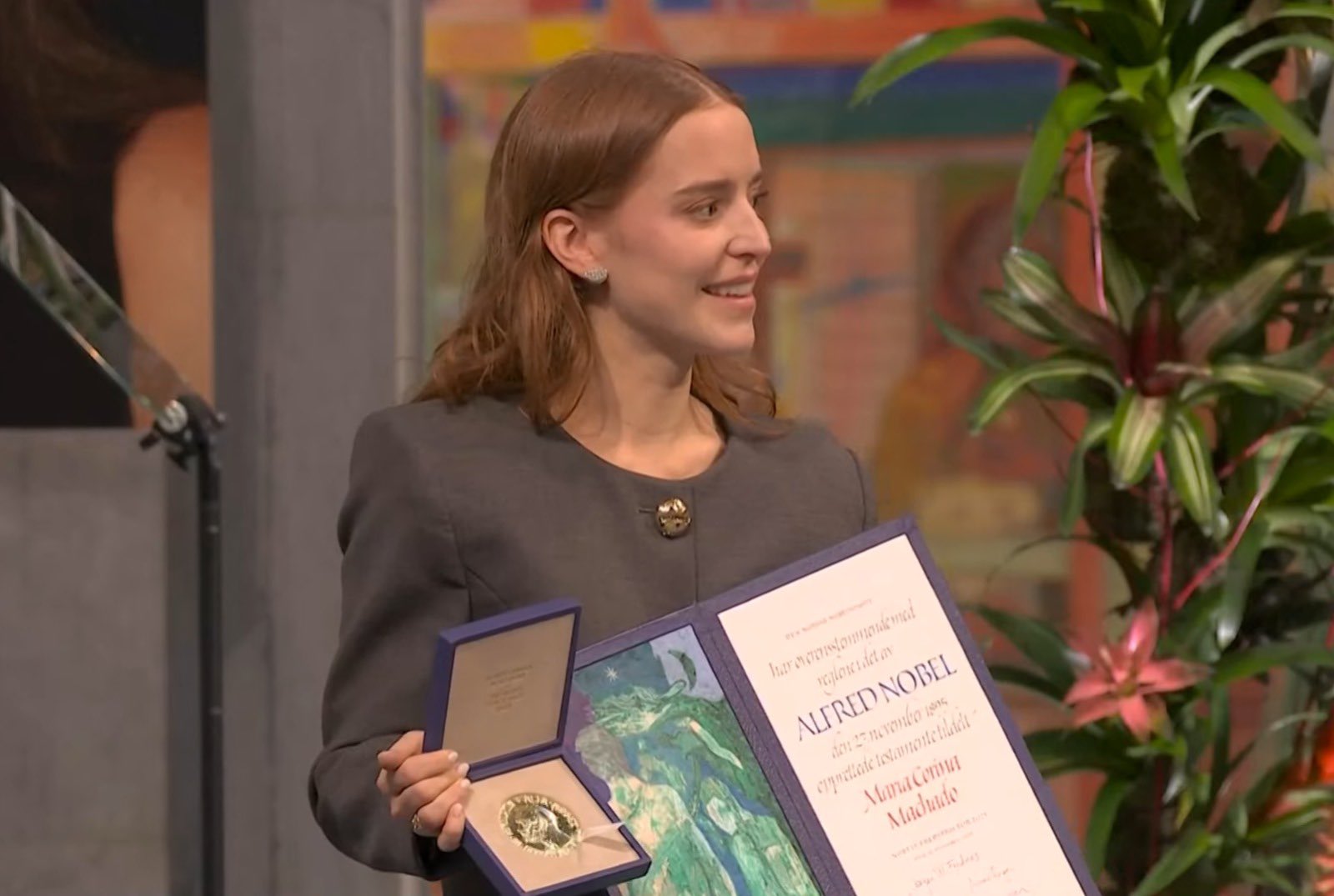Within 5 Years, 2000 Panama Canal Workers Retire

The Canal will need 2,000 workers in five years, but as the saying goes, ‘It is easier to buy steel than to find talent’. The Panama Canal is torn between two challenges that will determine its relevance along the way: finding and training the talent they need, in addition to managing water efficiently. Both things are intertwined. The administrator of the Panama Canal, Ricaurte Vásquez, has stated that in the next five years, approximately, 2,000 workers from the Panama Canal Authority (ACP) will retire, so within the Canal the labor panorama is presented as an urgent challenge, which demands a strategic response. Unlike the typical positions that the Canal demands, where they can always locate machinery operators, welders and structural workers, Vásquez mentioned that they will need data analysts and scientists, along with biologists and physicists. The Canal needs these qualified people to resolve the water crisis and guarantee the sustainability of the basin.
Vásquez’s statements were recently made in a conversation with journalists and university students from the provinces of Chiriquí and Bocas del Toro, where he reported on the actions that the Panama Canal has implemented from an operational, economic and socio-environmental point of view to confront the challenges caused by the impact of the El Niño phenomenon and variations in climate. “There are some important opportunities and they are different opportunities. We need to deal with that issue because in the next five years approximately 2,000 people will retire in the Panama Canal, out of a workforce of 8,500″, he stated. Although it is a significant number of workers, the official also recognizes that with these positions the Canal does not solve the country’s employment problem; however, it is an interesting opportunity for personal development. “I urge you to see the opportunities, from the Canal apprentice school, the scholarships and the programs we have with the National Secretariat of Science, Technology and Innovation (Senacyt).
Research programs, internships, all of that is being done. Where do we get a thousand, two thousand people to work?” asked Vásquez, who responded that the Canal will have to go back to creating the “apprentice school, working with students and universities to do specialties that are totally different.” to those that have been handled until now. Getting concrete and steel to make structures is easier than finding talent. You buy that, you put out a tender and they build what needs to be built. Finding talent is relational. It takes time to find it. Referring to what they have done recently to determine how many ships transit the road daily, Vásquez said “everything was analytical,” including rates and the value of water. To contextualize the challenge they face in the face of the precariousness of the labor system and the needs of the educational environment, the administrator mentioned that Panama has approximately 900,000 students at the school level, but only 750 mathematics teachers.





